Today, people can send and receive Bitcoin from one wallet to another using a Bitcoin wallet address. For instance, you can transfer BTC to a merchant’s crypto wallet as payment for their goods and services.
Your wallet and theirs manage your individual crypto assets. However, transactions can only happen because you (the sender) have the receiver’s public address to send crypto to. That’s why wallet addresses are critical to sending and receiving Bitcoin. But, what is a wallet address and how does it really work? Let’s get into the details in this article.
What is a Crypto Wallet Address?
To understand what a Bitcoin wallet address is, it’s crucial to learn the basics of crypto wallet addresses in general. At its core, a crypto wallet address is a combination of alphanumeric figures representing a wallet.
It’s like an email address or bank account number that lets the public know how to contact you or send you money. Like a bank account, a crypto wallet address doesn’t have access to your saved crypto funds because they are saved directly on the blockchain. Instead, it is a unique identifier for sending and receiving cryptocurrencies.
However, wallet addresses differ from one blockchain network to another. That means you should expect a different address for every coin you own. So, a Bitcoin wallet address is the public key linked to a Bitcoin wallet to facilitate the sending and receiving of BTC via the wallet.
How Does a Bitcoin Address Work?
Every Bitcoin wallet has a unique address. Whether you’re using a software wallet or hardware wallet, you can generate addresses to receive funds. The process involves navigating to the wallet’s “Receive” page and choosing the network to generate a wallet on.
For instance, you can generate a Bitcoin wallet address on the Bitcoin or Binance Smart Chain (BSC) network from your software or hardware wallet. When you do this, the device creates an address from the wallet’s public keys and then compresses it to make it shorter and shareable.
These generated numbers and letters can then be sent to someone who wants to fund your account. Once the address is valid, the BTC sent will be credited to your wallet. However, sending funds to the wrong wallet address may result in complete loss.
This is why many wallets create addresses in the form of QR codes that the sender can scan for accessibility and to prevent errors.
Uses of a Bitcoin Wallet Address
The primary purpose of a Bitcoin wallet address is to enable crypto transactions from one person to another. Without a wallet address, it’s almost impossible to send crypto to another person because you wouldn’t know how to locate their wallet on the blockchain.
However, there’s more to wallet addresses than sending and receiving crypto. Other use cases of Bitcoin wallets include:
Security
A crypto wallet address protects your personal information and private keys by providing a newly generated alphanumeric character that acts as a pseudonym. That way, you can execute anonymous transactions that do not require divulging your identity.
Tracking of Transactions
If you need to track your Bitcoin transactions over a specific period, you can enter your wallet address on the blockchain network and generate your transaction history.
Types of BTC Wallet Addresses
There are four major types of Bitcoin wallet addresses, each with unique functionalities and cross-network compatibility features. We highlight them below:
Legacy Address
As the name implies, legacy addresses were the pioneer Bitcoin wallet addresses. Back in the day when Bitcoin was launched, the only way to create a wallet address was using the legacy model. That’s why it’s no surprise that they usually start with figure “1”. For instance, a legacy BTC wallet address looks like this: 15e15hWo6CShMgbAfo8c2Ykj4C6BLq6ABC.
They use the Pay-to-Public-Key-Hash (P2PKH) script that allows the transfer of Bitcoin to the hash of the wallet’s public key. However, they are better suited to large transaction volumes, making them slower and more costly due to high fees.
Segregated Witness (SegWit) Address
SegWit addresses came a bit later to address the challenges of legacy addresses, including costs and transaction capacity. They start with figure “3” and use the Pay-to-Script-Hash (P2SH) format to facilitate transactions. This allows users to lock and unlock their funds more easily.
Moreover, SegWit addresses separate transaction data from signature data, and they support the Bitcoin Lightning Network. As a result, they are cheaper and more efficient. A typical SegWit BTC address looks like this: 3J98t1WpEZ73CNmQviecrnyiWrnqRhONLy
Native SegWit Address
Native SegWit addresses (or Bech32 addresses) are modern upgrades to legacy and SegWit addresses. They use the Pay-to-Witness-Public-Key-Hash (P2WPKH) format and are compatible with both SegWith and legacy address types.
Usually, a Native SegWit address starts with “bc1”. However, they are only in lowercase format. An example of this is bc1qar0srrr7xfkvy5l643lydnw9re59gtzzwf6abc.
With further improvements on SegWit, Native SegWit addresses offer lower transaction fees and higher efficiency. They also have better error detection features than other address types.
Taproot Address
Taproot addresses (or Bech32m) are the latest forms of Bitcoin wallet addresses. They use the Pay-to-Taproot (P2TR) address format that was recently upgraded in 2021, offering better efficiency, flexibility, and optimization.
Usually, a Taproot address starts with “bc1p”. For example, you may see something like this: bc1p5d7rjq7g6r4jdyhzks9smlaqtedr4dekq08ge8ztwac72sfr9rusxg3297.
Conclusion
Bitcoin addresses and address types are crucial to crypto users because they determine your flexibility and compatibility with modern and classic features. With a proper understanding of these addresses, you can find the ideal wallet type for your type of business.
Create Your Bitcoin Wallet With Zypto
Despite all the technicalities, setting up a Bitcoin wallet and creating a wallet address is seamless using Zypto. With custom services for businesses, including white-label solutions and custom development, you can get your secure and scalable Bitcoin wallet ready in no time.
Can you remember the first time you created a Bitcoin wallet address? What was the experience like? Tell us about it in the comment section below.

FAQs
Can my Bitcoin be stolen through my wallet address?
It’s very unlikely for someone to steal your Bitcoin using your public wallet address only. However, hackers can access your wallet through phishing, malware, or other security-related tactics.
How many wallet addresses can I have?
Most cryptocurrency wallets allow users to generate multiple addresses. On Zypto App for instance, you can have as many wallets as you desire.
Can I reverse a transaction sent to the wrong wallet address?
Most crypto transactions are irreversible once processed. Sending crypto to the wrong wallet address will likely result in loss of funds. Always verify the wallet details before confirming a crypto transaction.








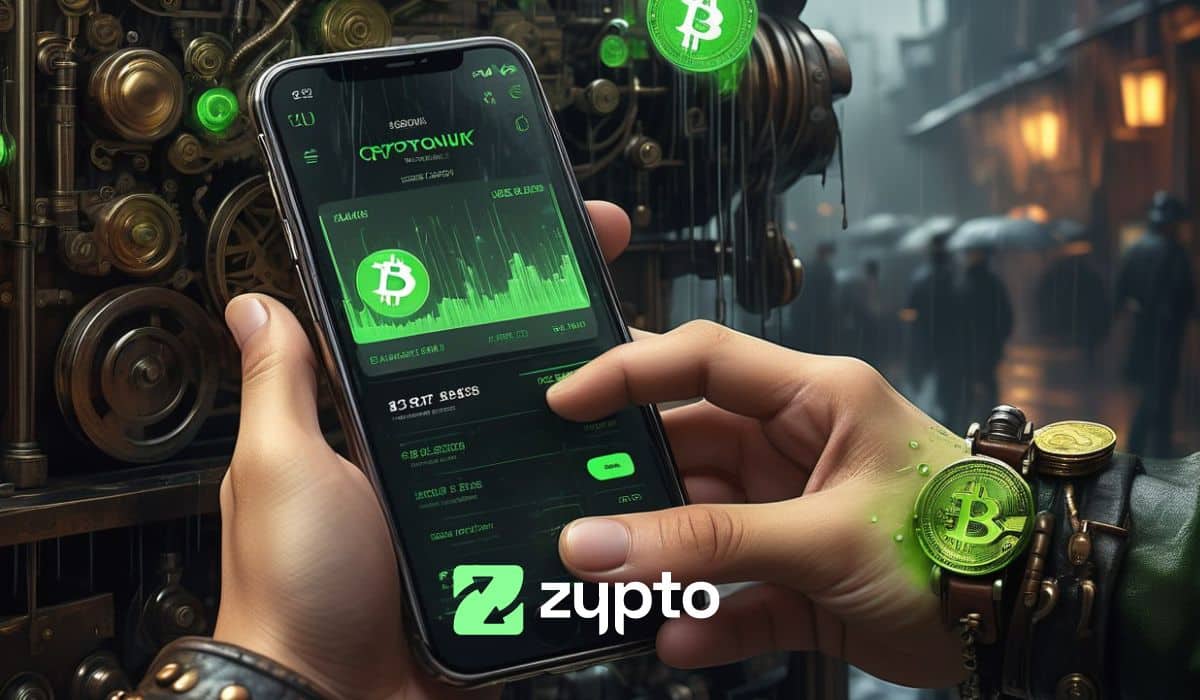


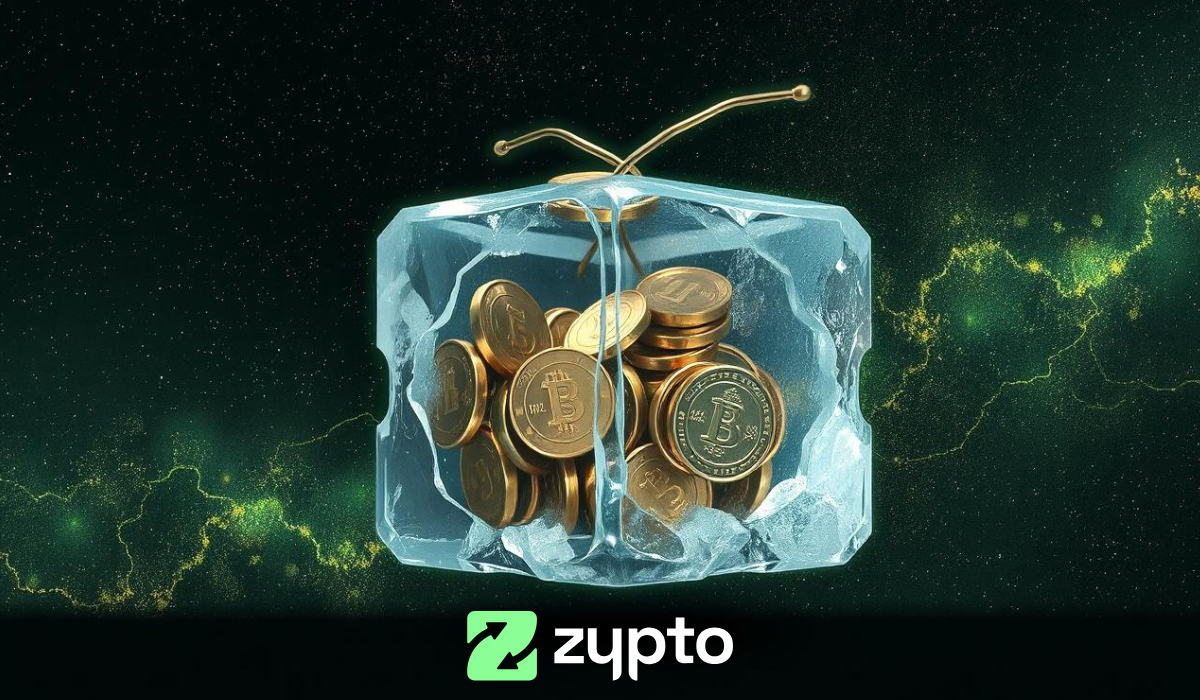

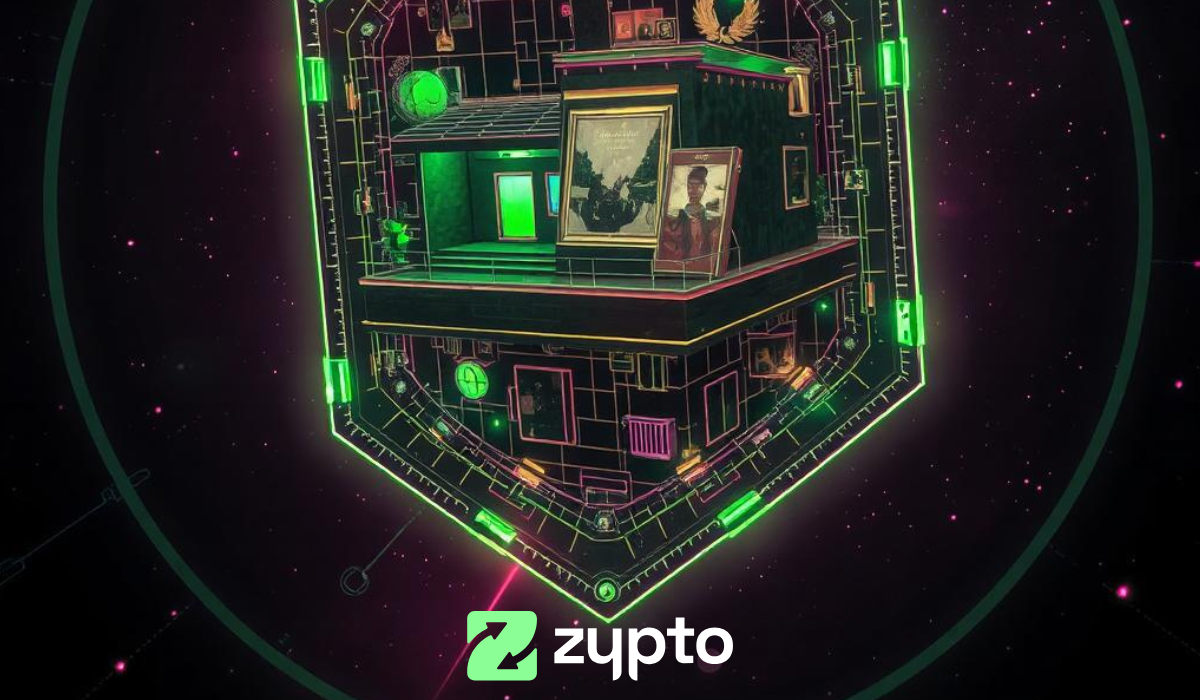






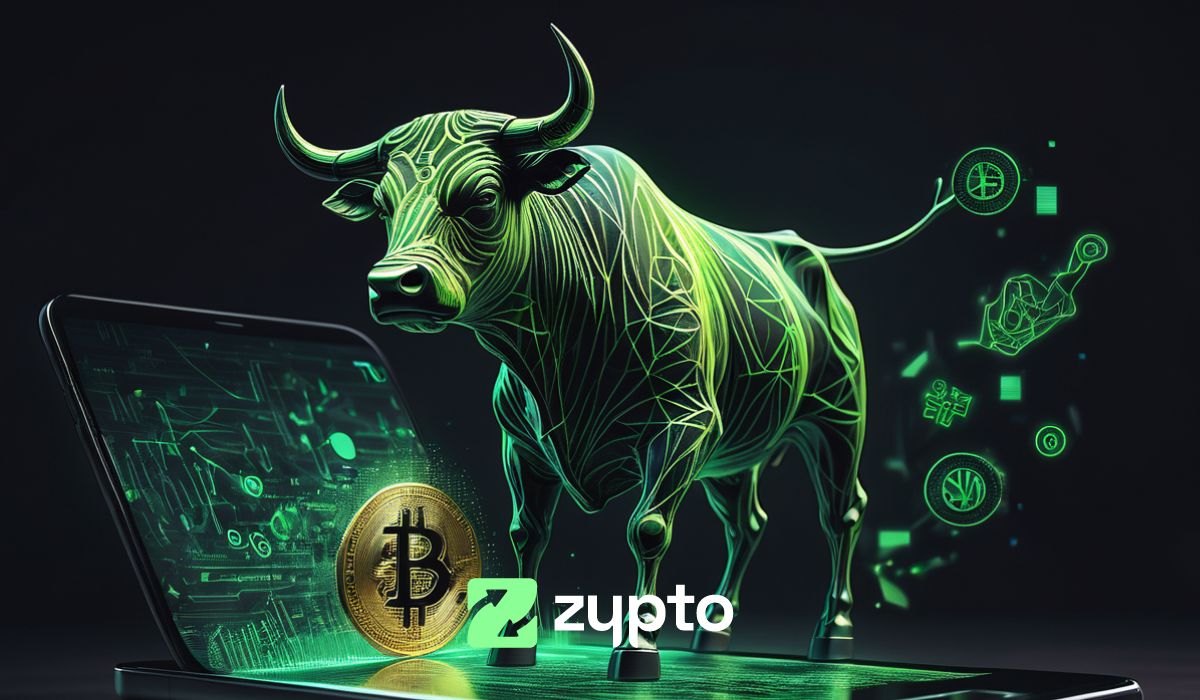
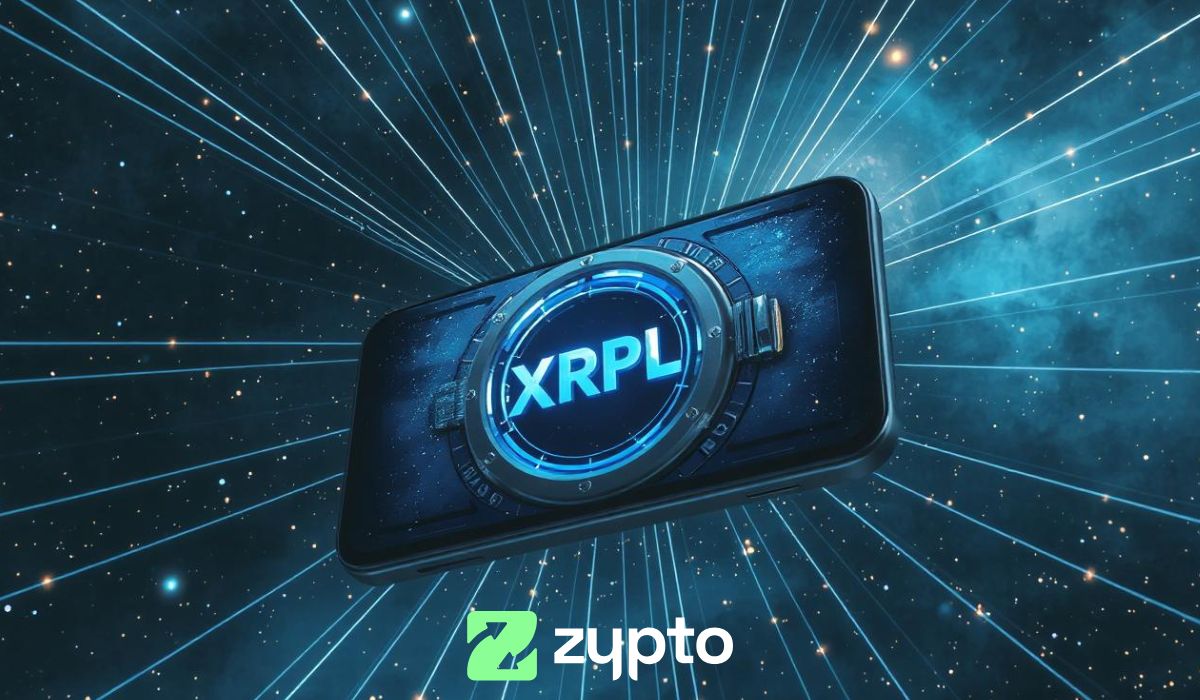







0 Comments